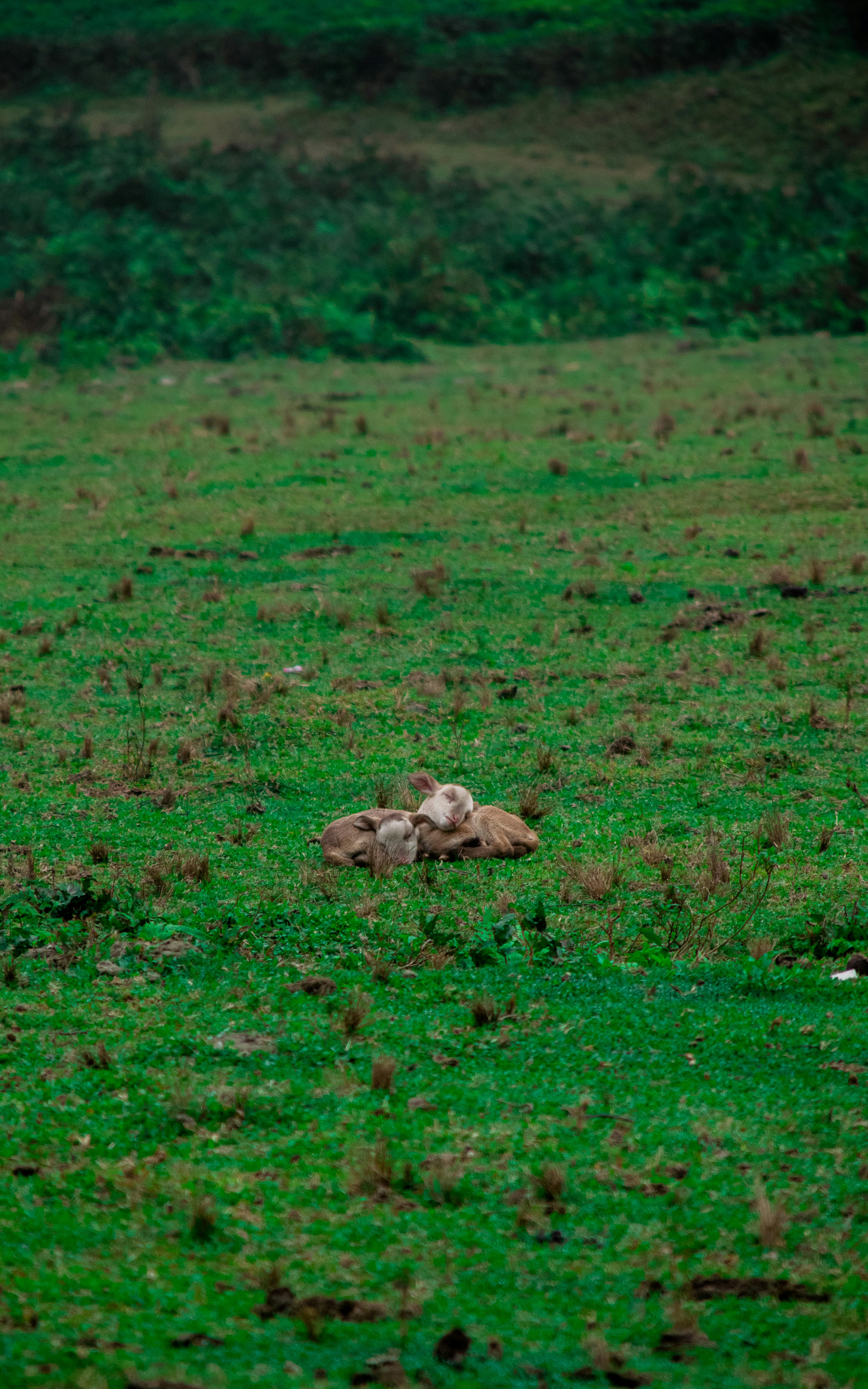Exploring Manas National Park
Manas National Park is a treasure trove of biodiversity and natural beauty. Nestled in the foothills of the Eastern Himalayas, it is blessed with a diverse range of flora and fauna. The park offers a range of activities for visitors, including jeep safaris, elephant rides, and nature walks. It is also a place where you can reconnect with nature, witness the beauty of the wild, and experience the rich cultural heritage of the region.
Wildlife at Manas National Park
Manas National Park is home to over 60 species of mammals, including the majestic Bengal tiger, Indian rhinoceros, clouded leopard, and the elusive golden langur. It is also a paradise for bird watchers, with over 380 species of birds recorded within its boundaries. The park is known for its iconic Asian elephants, herds of which can be spotted roaming freely in their natural habitat.
Flora and Plant Life
Manas National Park is not just about its charismatic megafauna. The park is also home to a rich variety of plant life, with over 600 species of plants recorded so far. The lush green forests are dominated by trees like the sal, teak, and bamboo, providing a perfect habitat for a myriad of other species.
Cultural Heritage
Manas National Park also has a rich cultural heritage. The park is located in the Bodoland Territorial Area Districts (BTAD), which is home to several indigenous communities. These communities have a deep connection with the park and its wildlife, and their traditional knowledge and practices play a crucial role in its conservation.
Conservation Success
Manas National Park is not just a sanctuary for wildlife, but also a conservation success story. The park has made a remarkable recovery from armed conflict and poaching through dedicated conservation efforts and community involvement. Today, it is a UNESCO World Heritage Site and serves as an inspiration for other protected areas around the world.
Eco-tourism and Conservation
Visiting Manas National Park is not just a chance to witness the wonders of nature, but also an opportunity to contribute to its conservation. The park offers various eco-tourism activities, such as guided safaris and nature walks, which not only provide visitors with an up-close experience of the park’s biodiversity but also generate revenue for its conservation efforts.
Safari Options
Manas National Park offers a range of safari options for visitors to explore the wilderness. These include boat safaris, walking safaris, photographic safaris, and night safaris. Each safari option provides a unique and immersive experience of the park’s diverse flora and fauna.
Best Time to Visit
The best time to visit Manas National Park depends on your preferences and the experiences you seek. The peak season is recommended for pleasant weather and various activities, while the monsoon season offers a different side of the park with lush greenery. Winter and spring seasons are also ideal for wildlife enthusiasts and birdwatchers.
How to Reach
There are several options available to reach Manas National Park, including air, train, and road. The nearest airport is Lokpriya Gopinath Bordoloi International Airport in Guwahati, and the nearest railway station is Barpeta Road Railway Station. The park is well-connected by road to major cities in Assam.
Local Transportation
Once you reach Manas National Park, there are various options available for local transportation. Jeep and elephant safaris are popular choices for exploring the park’s internal roads. Guided walking tours are also available for a more intimate experience of the park’s flora and fauna.
Conservation Efforts and Sustainable Tourism
Ecotourism in Manas National Park has contributed to both the conservation of the park and the local economy. The park authorities have collaborated with local communities to develop sustainable tourism initiatives, including eco-lodges and homestays. Education, awareness programs, research, and monitoring are also integral to the conservation efforts in the park.
Enter your email to get the Latest Updated Exploring News and Topics
Discover more from atozexplore.com
Subscribe to get the latest posts sent to your email.







